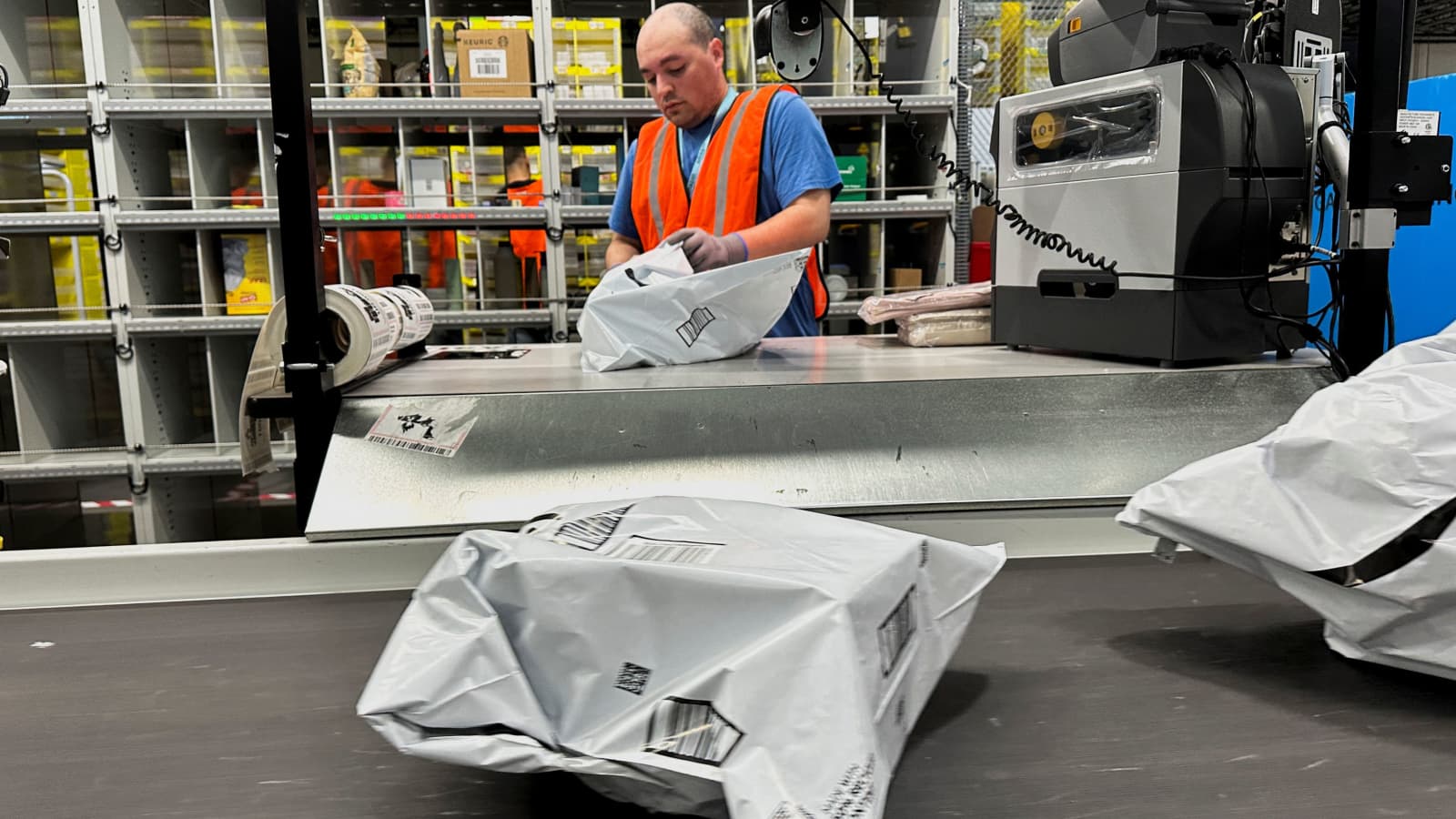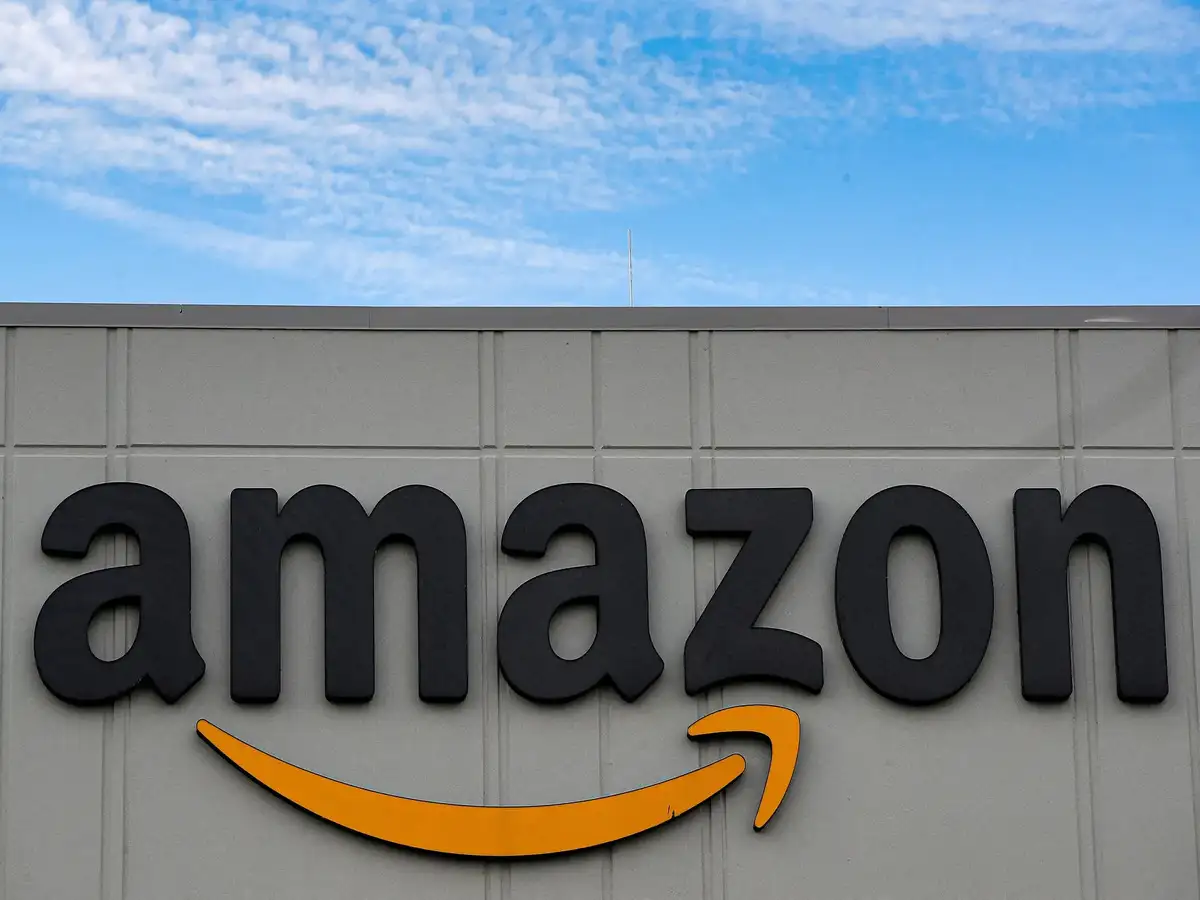The ripple effects of President Trump’s escalating trade war with China have reached American consumers’ doorsteps, with Amazon sellers dramatically raising prices on Chinese-made goods as tariffs create what industry leaders are calling an “unsustainable” business environment. Recent analysis reveals that prices for China-manufactured products sold on Amazon have surged 2.6% between January and mid-June 2025, significantly outpacing the 1% rise in core goods inflation during the same period.
The situation has intensified following Trump’s decision to raise tariffs on Chinese imports to 125% from the previous 104% level, creating what Wang Xin, head of the Shenzhen Cross-Border E-Commerce Association representing over 3,000 Amazon sellers, describes as an “unprecedented blow” to Chinese businesses. The tariff escalation has forced sellers into an impossible position: either absorb crushing costs that eliminate profit margins or pass increases directly to consumers, potentially pricing themselves out of the competitive marketplace.
DataWeave’s comprehensive analysis of over 25,000 items, focusing on 1,407 products clearly listing China as their country of origin, shows that price acceleration began in May 2025, signaling the moment when tariff impacts started filtering through to end consumers. The study reveals stark category-specific impacts, with home and furniture costs rising by a median of 3.5% and electronics increasing by 3.1%. However, the situation varies significantly across product lines, with 475 items experiencing price increases while 299 actually decreased and 633 remained unchanged, highlighting the complex market dynamics at play.
Tariff Structure Creates Competitive Disadvantage
Amazon CEO Andy Jassy’s recent earnings call comments illuminate a critical paradox in the current tariff structure that may inadvertently benefit Chinese sellers over American competitors. Traditional U.S. retailers typically purchase from intermediary companies that source from China, marking up products before selling to consumers. These retailers face tariffs on the already-marked-up wholesale prices, while Chinese manufacturers selling directly through Amazon face tariffs only on their manufacturing costs—a significantly lower baseline.
This structural advantage allows Chinese sellers to maintain greater pricing flexibility even as tariffs increase. The shorter supply chain and lower starting prices create a buffer that traditional American retailers lack, potentially accelerating the trend that has already seen Chinese sellers surpass 50% of top Amazon sellers for the first time in January 2025.
Sellers Adapt with Mixed Strategies

The response from Amazon’s seller community has been varied and strategic. Some sellers are experimenting with gradual price increases to test consumer tolerance, while others are cutting back on advertising spend or gradually importing merchandise to avoid sudden financial shocks. More dramatically, some sellers have begun pulling out of major sales events like Prime Day, unable to maintain competitive pricing while absorbing tariff costs.
Wang Xin warns that the current trajectory is unsustainable, stating, “This isn’t just a tax issue, it’s that the entire cost structure gets entirely overwhelmed. It’ll be very hard for anyone to survive in the U.S. market.” The association head predicts that sellers will either significantly increase U.S. prices or exit the American market entirely, seeking opportunities in other regions.
Consumer Impact and Market Outlook
The tariff impact extends beyond individual seller struggles to broader economic implications. DataWeave CEO Karthik Bettadapura notes that “even modest duties can translate quickly when margins are thin and replenishment cycles are fast,” explaining the rapid price transmission to consumers. The analysis shows that what began as a targeted trade policy has evolved into a broad-based price adjustment affecting everyday consumer goods.
The situation represents a critical test of consumer price sensitivity and market dynamics. As Chinese sellers face an impossible choice between profitability and market share, American consumers are experiencing the direct cost of trade tensions through higher prices on everything from school supplies to electronics. The long-term implications may reshape the entire e-commerce industry, potentially accelerating the search for alternative supply chains and manufacturing locations.

